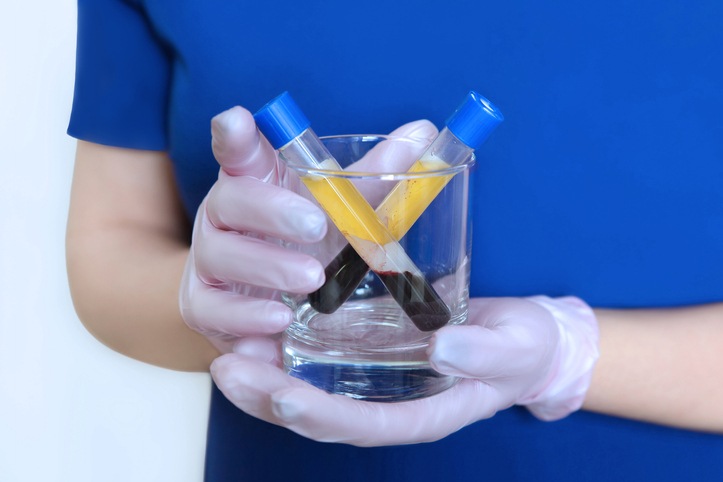
A new study found that under-dosing of direct oral anticoagulants (DOACs) in patients with extreme obesity and atrial fibrillation (AFib) predicted out-of-range blood plasma levels after treatment. This study was published in Clinical Therapeutics.
“Data supporting the use of DOACs in patients with extreme obesity are lacking,” wrote the study authors. “The aim of this study was to evaluate the pharmacokinetic properties of DOACs in patients with atrial fibrillation and extreme obesity.”
Why Are DOACs Used in AFib?
“DOACs are recommended in preference to vitamin K antagonists for stroke prevention in patients with AFib eligible for oral anticoagulation therapy,” explained the study authors. “However, data and clinical experiences supporting the use of DOACs in patients with a body mass index ≥40 kg/m2 or weight >120 kg remain limited.”
Learn more about AFib by visiting the DocWire Atrial Fibrillation Knowledge Hub.
Study Population and Methods
The researchers enrolled 58 consecutive patients with concomitant AFib and extreme obesity receiving DOAC therapy who were followed-up at Monaldi Hospital in Naples, Italy. Patient plasma samples were collected at two, four, six, and 12 hours after last dose intake for patients receiving apixaban and at two, four, six, and 24 hours after final dose for those receiving edoxaban and rivaroxaban. These levels were compared with data from pharmacokinetic studies of patients without obesity.
Out-of-range DOAC plasma levels were defined as at least one peak or trough plasma level below or above normal reference ranges. Results from patients in the experimental group with in- and out-of-range levels were compared. The investigators also conducted univariate and multivariate logistic regression analyses to identify variable associated with out-of-range plasma concentration.
The mean patient age was 70.93 years (standard deviation [SD], 8.73) and the cohort was 40% female. The mean body mass index (BMI) was 44.43 kg/m2 (SD, 3.52).
Predictors of Out-of-Range Plasma
Nine patients (15.5%) had out-of-range DOAC plasma. Patients with out-of-range plasma had a higher likelihood of receiving edoxaban 30 mg compared to in-range patients (33% vs. 2%; P <0.01). More than half of these patients experienced DOAC underdosing (56%), compared to 4% of the in-range patients. The authors noted that no correlation was found between plasma concentration in patients with extreme obesity and those with hyperfiltrating (clearance of creatinine >95 ml/min).
Upon multivariate logistic analysis (P = 0.0011), the only independent predictor of out-of-range plasma levels was inappropriate DOAC dosing (hazard ratio, 29.37; P = 0.0002).
“Patients with extreme obesity and AF who were receiving DOAC therapy had DOAC plasma concentrations in the expected range,” wrote the authors in summary. “The inappropriate DOAC underdosing seems to be the only independent clinical factor associated with a plasma concentration of the drug out of the expected range.”







 © 2025 Mashup Media, LLC, a Formedics Property. All Rights Reserved.
© 2025 Mashup Media, LLC, a Formedics Property. All Rights Reserved.